Insights
Math and Play: Fun Math Games for Young Learners
Mathematics is a fundamental skill that shapes how students understand and interact with the world. For young learners in K–5, making math engaging and enjoyable is crucial for building a strong foundation. One of the most effective ways to foster a love of math in children is through play. Fun math games not only reinforce key concepts but also encourage problem-solving, critical thinking, and collaboration.
The Power of Play in Math Education
Research has consistently shown that play is an essential component of effective learning, particularly in early education. Games provide a hands-on approach to math that can transform abstract concepts into tangible experiences. Whether through board games, digital apps, or physical activities, play helps students internalize mathematical ideas in a stress-free and enjoyable way.
By incorporating games into daily lessons, educators can tap into students’ natural curiosity and excitement, making math more approachable. Games create opportunities for active learning, immediate feedback, and peer interaction—all of which contribute to deeper understanding and retention.
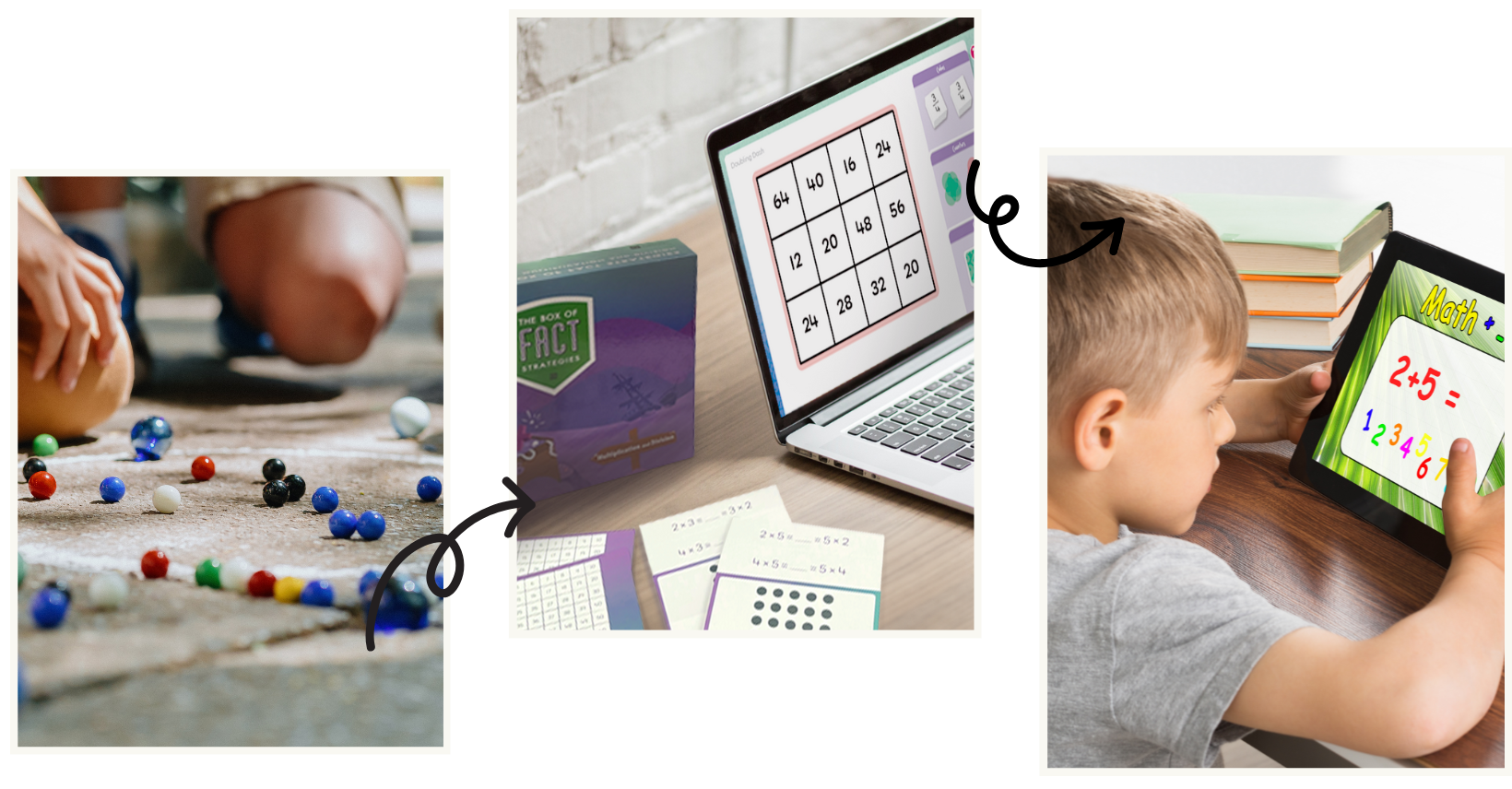
Key Benefits of Math Games for Young Learners
1. Boosts Engagement and Retention
Math games introduce an element of fun that keeps students interested and eager to participate. When students are engaged, they are more likely to persevere through challenges and develop a growth mindset toward learning math.
Moreover, games and play can help boost retention. Research shows that incorporating play into instruction enhances knowledge retention. One study found that children in guided play activities outperformed those in direct instruction. Similarly, another study found that game-based learning improves conceptual understanding and leads to higher post-test scores.
2. Encourages Conceptual Understanding
Rather than relying on rote memorization, math games help students grasp mathematical concepts through exploration and practice. Games encourage students to think critically and apply their knowledge in different contexts.
3. Supports Differentiated Learning
Every classroom has a range of learners with different abilities and learning styles. Math games offer built-in flexibility, allowing educators to modify rules or difficulty levels to accommodate diverse student needs.
4. Promotes Social and Emotional Learning
Playing math games in pairs or small groups fosters collaboration, communication, and teamwork. Students learn to articulate their thinking, listen to others, and develop problem-solving strategies together. Learn more about social-emotional learning.
Fun Math Games to Try in Your Classroom
At ORIGO we believe play leads to learning. In the classroom or at home we have just the thing to keep learners engaged. All of our print and interactive digital supplemental resources, including our games and activities book, help your students improve their math knowledge, skills, and abilities.
Here are some additional math games to try in your classroom:
ORIGO Mathementals offer math games to enhance your current math program before school, after school, or in summer. Warm up sessions can be reproduced as transparencies or handouts. Workout pages can be done in class or be given to students as homework.
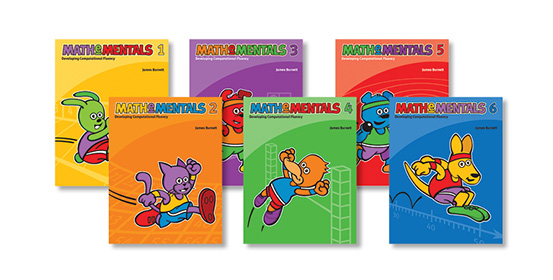
Roll and Race (Number Recognition & Counting)
Materials: Dice, game board with numbered spaces
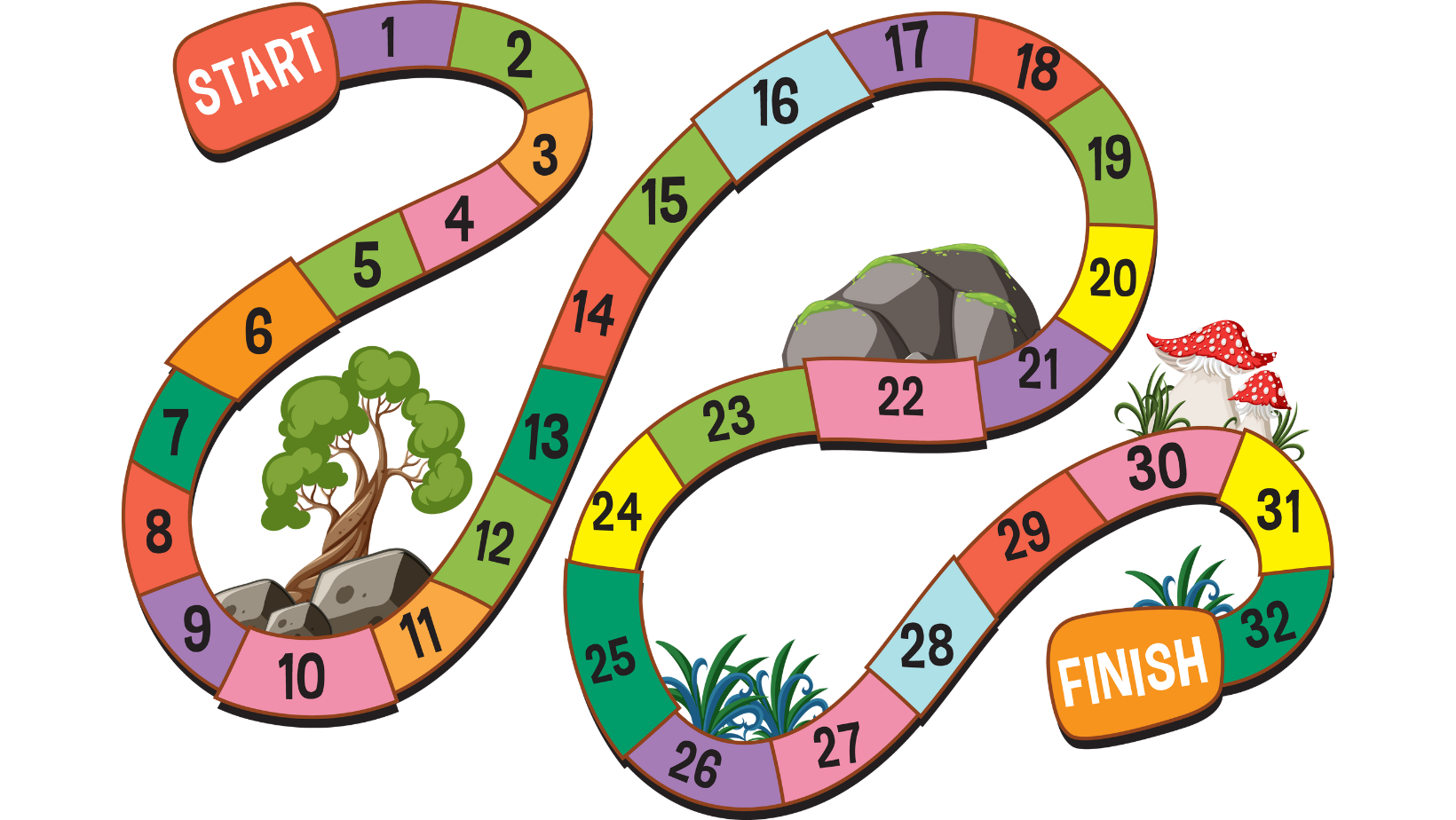
**Rather than purchasing a game, try making your own on poster board similar to the one above.
How to Play:
- Each player rolls a dice and moves their token forward the corresponding number of spaces.
- The first player to reach the finish line wins.
- Educators can modify the game by using two die to encourage addition skills.
Make 10 (Addition & Number Bonds)
Materials: Deck of cards (remove face cards)
How to Play:
- Spread the cards face up on a table.
- Players take turns finding two numbers that add up to 10.
- The player with the most pairs at the end wins.
Math Bingo (Basic Operations & Number Recognition)
Materials: Bingo cards with numbers, math problem flashcards
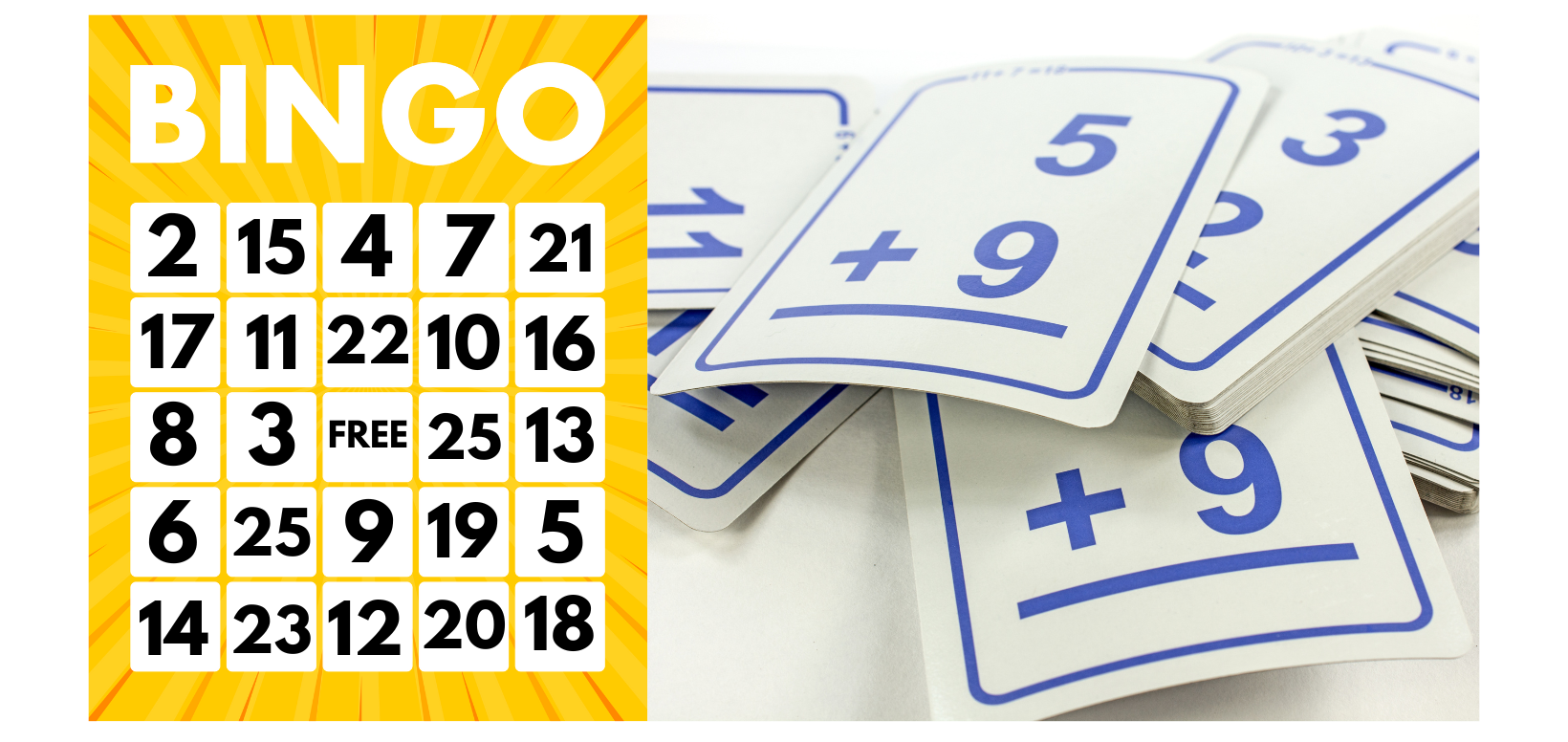
How to Play:
- The teacher calls out a math problem (e.g., “5 + 3”), and students find and mark the corresponding answer on their Bingo cards.
- The first student to get five in a row shouts “Bingo!”
Shape Scavenger Hunt (Geometry & Spatial Awareness)
Materials: A list of shapes, clipboards, and pencils
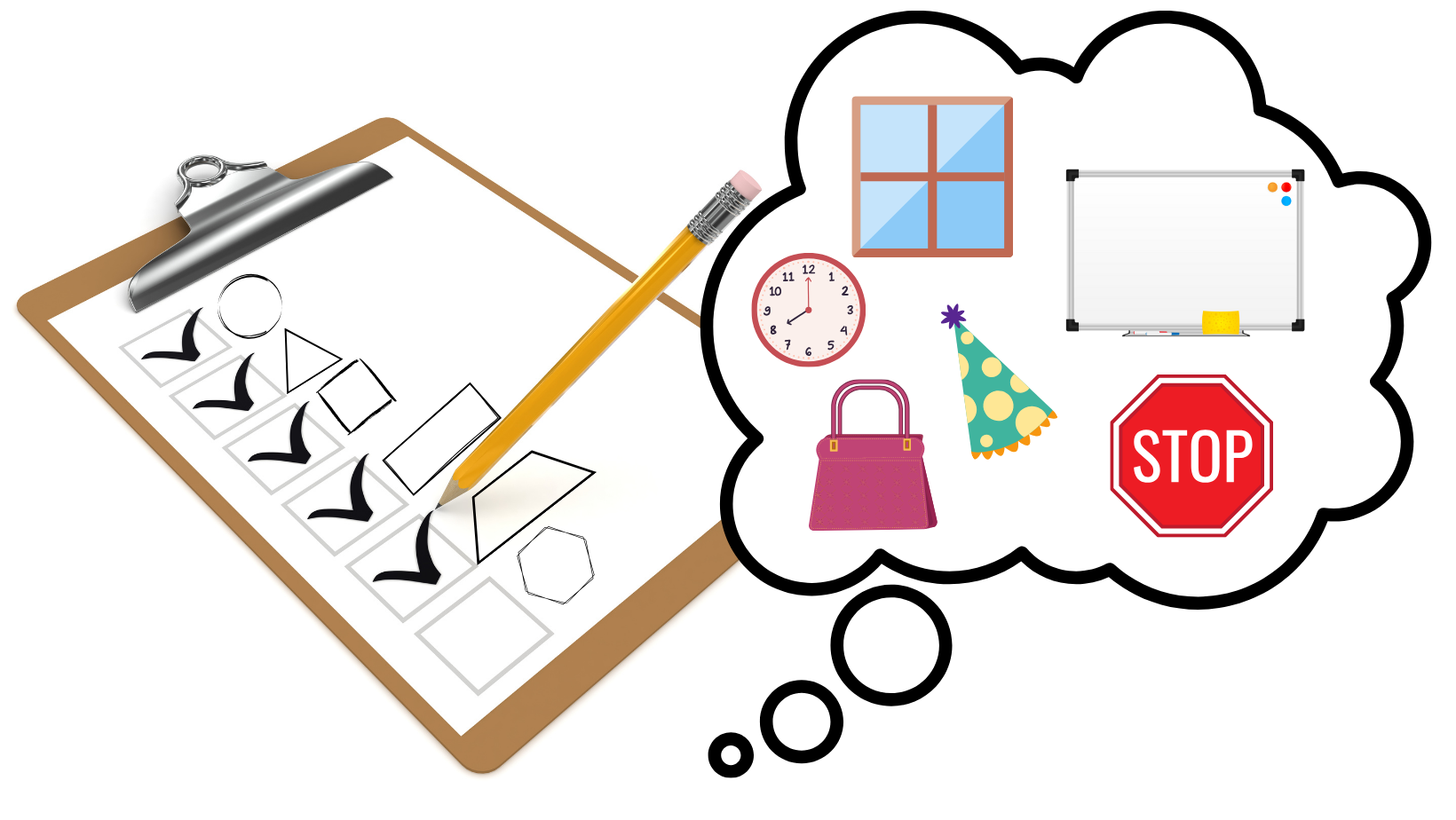
How to Play:
- Students search around the classroom or playground for objects that match the shapes on their list.
- They draw or write the name of each object they find.
Fraction Pizza (Fractions & Parts of a Whole)
Materials: Paper plates, colored markers, scissors
How to Play:
- Students create a “pizza” by drawing and cutting sections to represent different fractions (e.g., half, thirds, fourths).
- They trade with a partner and identify each fraction.
Digital Math Games for the Classroom
Technology can also enhance math learning through interactive digital games. Here are a few highly rated online resources for math practice:
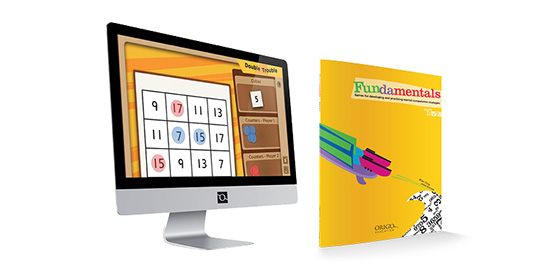
- ORIGO (ORIGO Fundamentals) – Offers over 200 digital games designed to reinforce mental computation strategies, making learning feel like play.
- Kahoot! (kahoot.com) – Allows teachers to create math quizzes that students can play in a game-show format.
- Math Playground (mathplayground.com) – Features a wide range of interactive math games covering topics like addition, multiplication, fractions, and logic puzzles.
- Cool Math Games (coolmathgames.com) – Offers a variety of engaging math-based logic and strategy games that reinforce problem-solving skills.
- ABCya! (abcya.com) – Provides grade-specific math games that are colorful and engaging for young learners.
- Arcademics (arcademics.com) – Focuses on multiplayer math games that help with fluency in addition, subtraction, multiplication, and division.
- Math Game Time (mathgametime.com) – Offers free games, worksheets, and videos to make math learning interactive and fun.
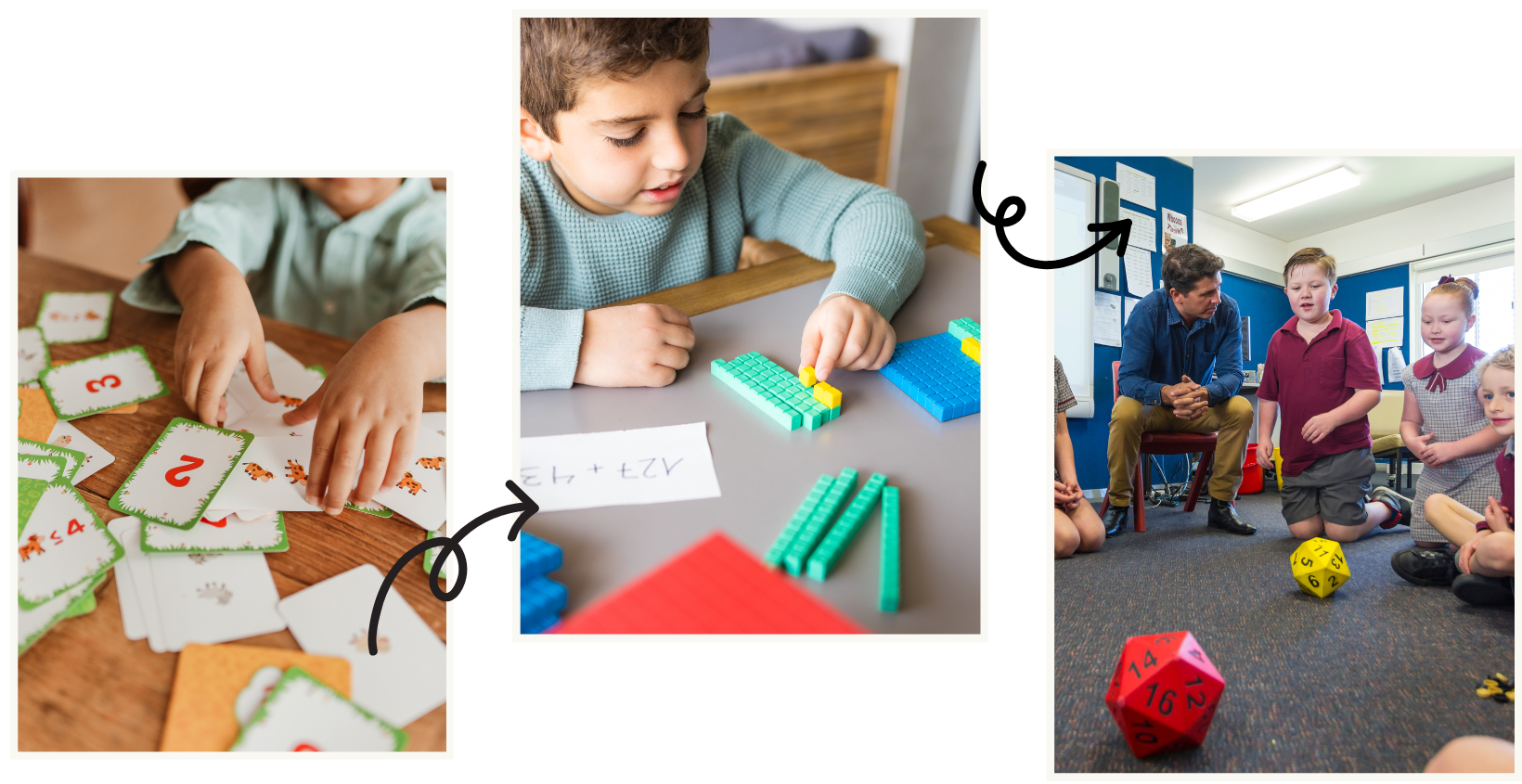
Tips for Incorporating Math Games in Your Classroom
Integrating play into math instruction is a powerful way to build enthusiasm and deepen understanding in young learners. The goal is to introduce games that reinforce critical math skills in a way that engages every student. With this in mind, here are a few tips for incorporating math games in your classroom:
1. Align Games with Learning Objectives
Choose games that reinforce the specific math skills you are teaching. Ensure they align with curriculum standards and learning goals.
2. Balance Competitive and Cooperative Play
Some students thrive on competition, while others prefer collaborative activities. Offer a mix of competitive and cooperative games to suit different personalities and learning preferences.
3. Use Games as a Form of Assessment
Games can serve as informal assessments to gauge student understanding. Observe how students approach problems and adapt your instruction based on their performance.
4. Encourage Reflection and Discussion
After playing a game, take time to discuss strategies and what students learned. This reflection helps solidify their understanding and encourages mathematical discourse.
Math games provide an interactive and enjoyable experience that helps students develop confidence, critical thinking skills, and a genuine love for mathematics. By incorporating fun and purposeful games into daily lessons, we can create an engaging and supportive learning environment where every student has the opportunity to succeed.



